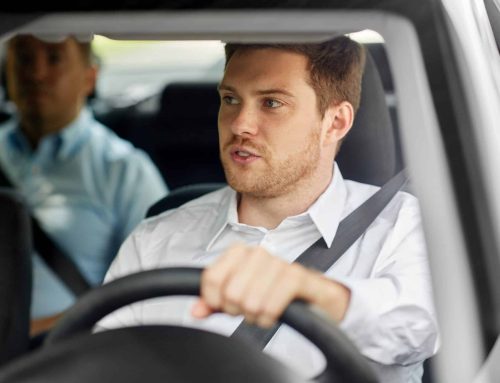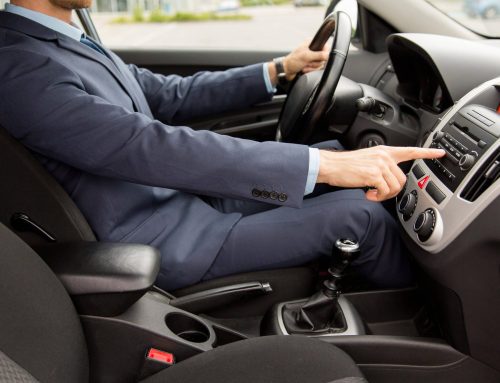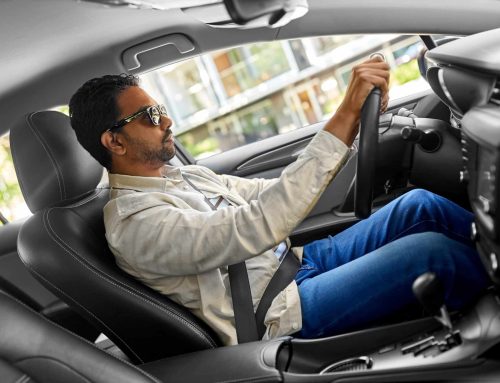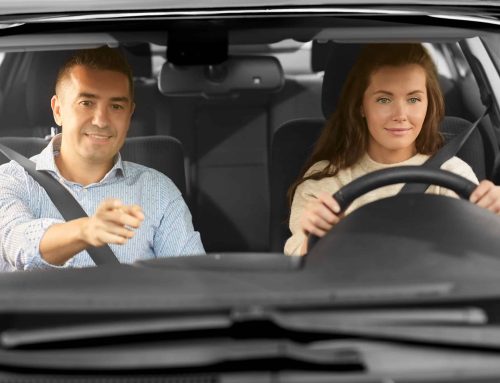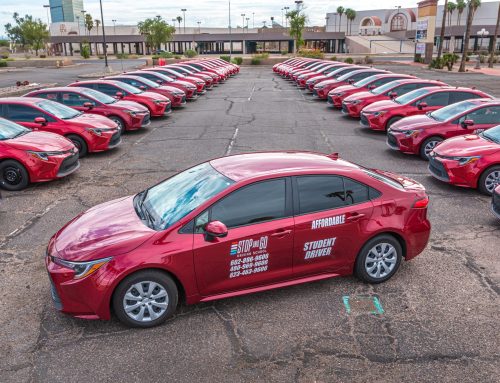A Buyer’s Guide to Safe Family Cars
When it comes to buying a car for your family, safety is everything. Of course, you want comfort and style, but at the end of the day, your top priority is keeping everyone safe. But with so many cars on the market boasting about their state-of-the-art safety features, how do you know which one is truly the right fit? In this blog, we break down the essential elements that make a family car safe.
What Is a “Family Car”?
A “family car” is more than just a vehicle with some extra seats. It’s designed to handle the daily chaos of family life. Whether you’re shuttling kids to school, heading out for a weekend adventure, or making a quick run to the grocery store, a family car needs to be spacious, reliable, and, most importantly, safe.
Think SUVs, minivans, and roomy sedans that prioritize passenger comfort while packing in enough safety features to give you peace of mind. These cars are built with the unique challenges of family travel in mind: more passengers, unpredictable schedules, and more distractions.
What Makes Them Safe?
What sets family cars apart when it comes to safety? It’s all about the extra layers of protection built into these vehicles. Modern family vehicles are equipped with the latest in automotive safety technology. From crash avoidance systems to child protection features, here are some key features to look for that keep the whole family safe.
From the Driver’s Seat
As the person in control of the vehicle, you want a car that not only handles well but actively helps you anticipate and avoid danger.
Forward collision warning & automatic emergency braking (AEB): This system scans the road ahead for potential collisions. If the car senses you’re too close to another vehicle, it alerts you to brake. And if you don’t react in time, it can hit the brakes for you.
Blind spot monitoring: Changing lanes is no small feat in larger family cars. Blind spot monitoring gives you a heads-up if there’s another vehicle lurking where you can’t see it, helping you avoid side-swiping accidents.
Lane keep assist: It’s easy to get distracted when there’s chatter coming from the backseat. Lane keeping assist gently steers you back into your lane if you start drifting, making highway driving a little less stressful.
Adaptive cruise control: This feature automatically slows down or speeds up based on the traffic flow, allowing you to focus on the road without constantly adjusting your speed.
From the Passenger Seats
Family cars are also designed with features that keep everyone — from the toddler in the backseat to the passenger in the front — safe and secure.
Airbags: Family cars today are outfitted with airbags in just about every corner. Front airbags, side airbags, and curtain airbags deploy to protect all passengers, no matter where they’re sitting.
Rear seat reminder: These systems alert you if you’ve left something, or someone, in the backseat when you exit a vehicle. It’s a small feature that can prevent big tragedies.
Child safety locks & windows: One of those features you may not think about until you need it, child locks on doors and windows are essential. They keep little hands from accidentally opening doors or windows while the car is in motion.
Rear-view camera: Parking or backing up in a family-sized vehicle can be tricky, especially if kids are running around. A rear-view camera helps you spot obstacles and makes backing out of driveways and parking spots much safer.
Entertainment systems: While not necessarily a safety feature, keeping the kids occupied with rear-seat entertainment can help reduce distractions for the driver, creating a calmer, safer environment on the road.
Safe Driving Starts Here
Of course, even the safest car won’t prevent accidents if the driver isn’t focused and well-trained. If you want to be the safest driver you can be, register for a driver’s education or defensive driving courses to sharpen your skills and keep your family safe on the road. Because at the end of the day, safety isn’t just about the car but also how you drive it.


